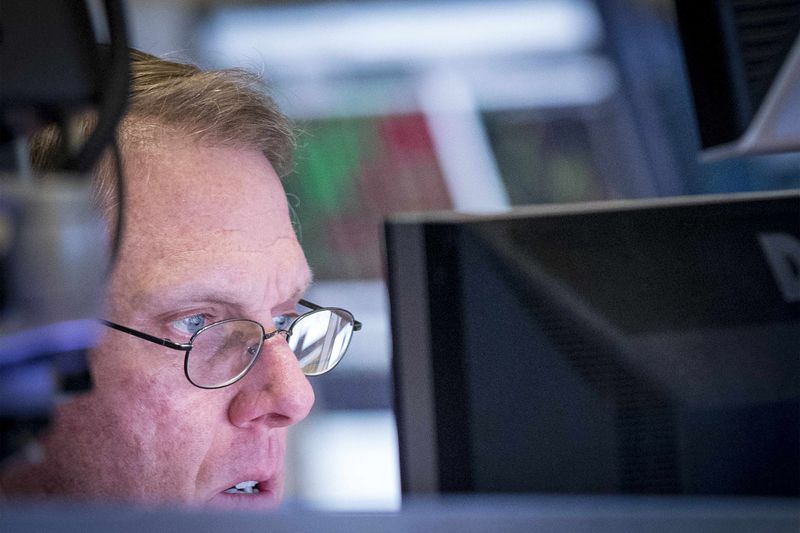Canada’s political landscape may be on the brink of upheaval as reports suggest Prime Minister Justin Trudeau is preparing to step down as the leader of the Liberal Party.
Amid waning approval ratings, internal party dissent, and mounting pressure from opposition leaders, Trudeau’s exit could significantly alter the Liberal Party’s future.
The prospect of his departure introduces a host of uncertainties for Canada, including the possibility of an interim leader navigating the nation through a precarious political period.
Trudeau’s leadership has been marked by both transformative policies and controversies, and his potential resignation underscores the challenges of balancing progressive ideals with political pragmatism in an increasingly polarised environment.
Liberal Party at historical low ahead of 2025 election
Justin Trudeau’s party has a mountain to climb ahead of the next election scheduled for later this year.
However, data suggest that a leadership change may help in providing some respite to the Liberal Party.
The latest Angus Reid poll reveals that the Liberals’ current voter support has hit rock bottom, falling below their 2011 performance under Michael Ignatieff when they garnered 18.9% of the vote.
The Liberal Party’s support among decided and leaning voters has now dropped to 16%, according to the Angus Reid Institute.
Source: Angus Reid Institute
Trudeau’s approval ratings have also plummeted to an all-time low of 22%, fuelling calls for a leadership change.
Source: Angus Reid Institute
The recent decline places the Liberals at a significant disadvantage, especially with 46% of Canadians and 59% of current Liberal supporters suggesting Trudeau should step aside.
Among the alternatives proposed, some advocate for a leadership contest, while others believe Trudeau should call a general election.
This turmoil was exacerbated by the sudden resignation of Chrystia Freeland, Deputy Prime Minister and Finance Minister, leaving a leadership vacuum in the government.
Freeland’s departure was particularly damaging as she was seen as a potential successor and a stabilising force within the administration.
Support for the Liberals has fallen by five points since Freeland’s unexpected departure from cabinet, with the largest decline among women aged 35 to 54, who have shifted toward the Conservatives.
Leadership vacuum looms as opposition parties gain ground
If Trudeau resigns, the immediate task for the Liberal Party will be selecting an interim leader to guide the government while preparing for a leadership convention.
Historically, such conventions in Canada take months to organise, leaving the party vulnerable in the event of an early election.
The Liberals face a critical decision: expedite the leadership process or risk alienating potential candidates who may feel disadvantaged by a shortened timeline.
The political uncertainty within the Liberal Party creates an opening for the opposition.
However, Conservative leader Pierre Poilievre has not capitalised on Trudeau’s declining popularity. His approval remains static at 38%, highlighting a gender gap with men favouring him significantly more than women.
While Poilievre’s focus on economic issues resonates with some voters, his polarising approach may limit broader appeal.
Potential leadership candidates for the Liberals are already being speculated.
Mark Carney, former governor of the Bank of Canada and Bank of England stands out for his financial expertise but lacks political experience.
Meanwhile, Dominic LeBlanc, a senior Liberal figure, offers experience but lacks Carney’s prominence.
The Liberals’ immediate challenge lies in addressing internal dissent and rebuilding public trust. With the next parliamentary session approaching, the party’s ability to unify under or without Trudeau will be pivotal.
If the leadership crisis persists, it could further erode their electoral prospects, paving the way for a more competitive political environment in Canada.
Trudeau’s legacy and the challenges ahead
Trudeau’s tenure has been defined by bold initiatives, including the legalisation of cannabis, the introduction of a carbon tax, and the negotiation of a new trade deal with the US and Mexico.
His government has also faced criticism over its handling of Indigenous issues, ethics scandals, and strained relations with global leaders. The Prime Minister’s political star, once ascendant, now faces the reality of diminishing public confidence.
The next leader of the Liberal Party will inherit these challenges, alongside navigating Canada’s economic recovery and addressing pressing issues such as healthcare reform and climate change.
Opposition leader Pierre Poilievre of the Conservative Party has capitalised on Trudeau’s declining popularity, positioning himself as a viable alternative.
Public opinion polls currently place the Conservatives 20 points ahead of the Liberals, signalling an uphill battle for the party to regain its footing.
A nation in political flux
Trudeau’s potential resignation comes at a critical juncture for Canada. Political analysts have pointed to increasing tensions within the Liberal Party, with some cabinet members reportedly urging Trudeau to step aside to revitalise the party’s image.
Meanwhile, the possibility of a no-confidence motion looms, which could force the Liberals into an election sooner than planned.
The resignation would also put Governor General Mary Simon in a pivotal role. While unlikely to intervene directly, Simon’s constitutional authority could shape the political transition, particularly if confidence in the Liberal government falters.
With Parliament scheduled to reconvene in late January, the window for Trudeau to make a decision is narrowing. Delaying the announcement or proroguing Parliament might buy time for the Liberals, but these tactics could exacerbate internal divisions and public discontent.
